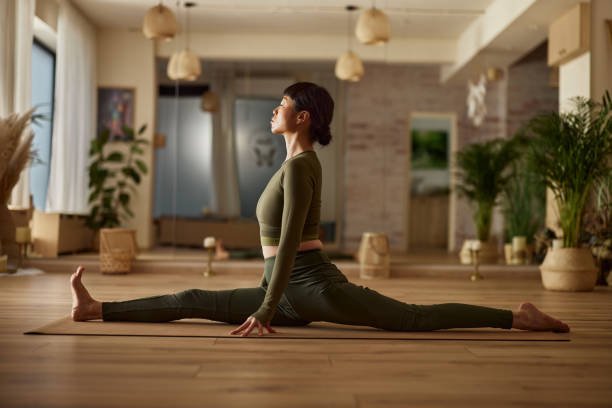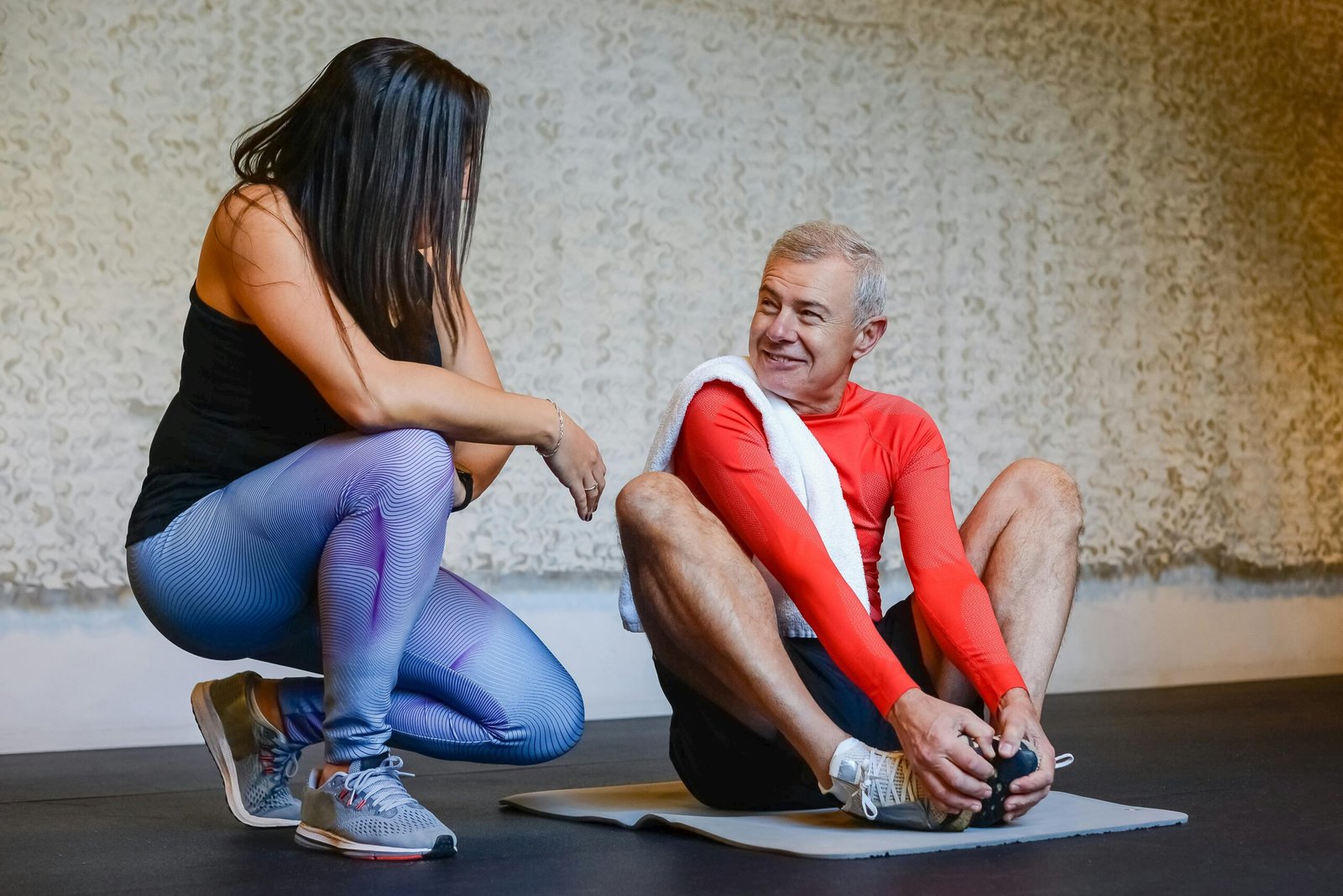Surfing is more than just riding waves; it’s about building strength, endurance, and balance to perform at your best. The right surf exercises can improve your performance on the board, enhance your stamina, and help prevent injuries. Whether you’re a beginner or a seasoned surfer, incorporating specific surf fitness exercises into your routine will set you up for success. Let’s dive into the ultimate list of workouts designed to take your surf fitness to the next level!
Why Focus on Surf Fitness?
Surfing demands a unique combination of physical skills. From paddling out to catching waves, your body needs a mix of cardiovascular endurance, upper body strength, core stability, and leg power. Regular surf training ensures you’re prepared for all aspects of surfing, making it not only easier but also more enjoyable.
Benefits of Surf Training
Improved stamina: Increases the duration you can spend in the water.
Enhanced Balance: Essential for staying upright on your board.
Injury Prevention: Strengthens muscles and joints to handle surfing’s physical demands.
Better Performance: Boosts paddling power and wave-catching ability.
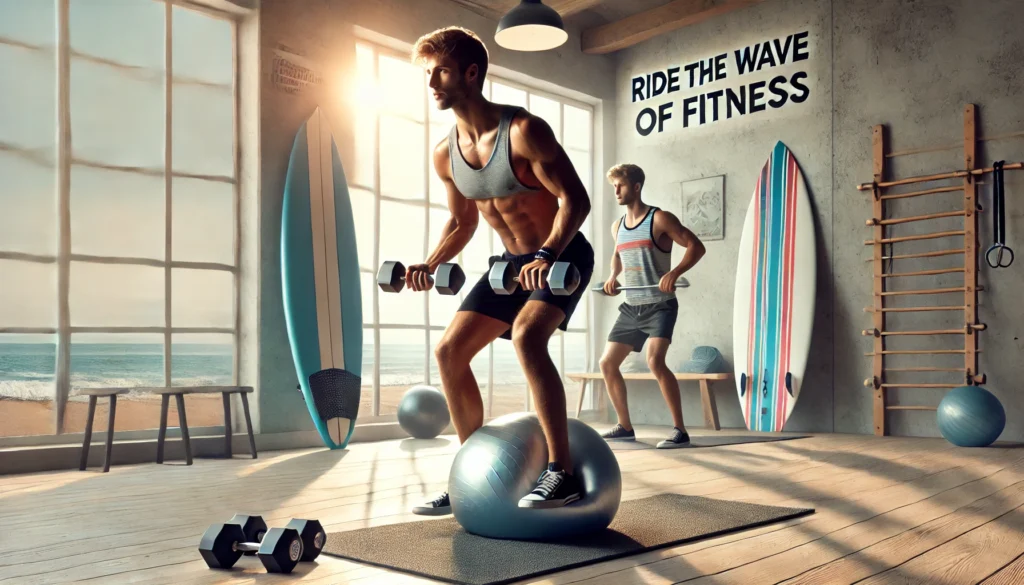
Top 10 Surf Exercises for Endurance and Performance
Push-Ups
Push-ups are a staple for surfers. They mimic the “pop-up” motion you use to get onto your board. This surf workout builds upper body and core strength, making your transitions smoother and faster.
Start with the aid of entering into a plank role. Keep your fingers shoulder-width apart and place them flat on the floor. Ensure your arms are aligned without delay beneath your shoulders. Your frame should form a direct line out of your head in your heels, engaging your middle to maintain this alignment. Keep your legs straight, with your feet assisting your lower body.
Step 2: Drop Your Chest to the Ground
Reduce your chest toward the floor and bend your elbows slowly. Keep your elbows at a 45-degree perspective from your frame to reduce pressure on your shoulders. Lower yourself as far as you with no trouble can or till your chest is only a few inches above the ground. Maintain manipulation all through the movement to avoid unnecessary jerks or dips in your lower back.
Step three: Push Back Up
Once you’ve reached the lowest point, push through your hands to raise your palms and return to the beginning position. Exhale as you push upward, ensuring your body remains direct and your middle remains engaged, saving you from sagging or arching in the lower back.

Step four: Repeat for Repetitions
Aim to complete 3 units of 15 repetitions. If you’re a newbie and discover it challenging to complete a full push-up, you could regulate by doing the exercise for your knees in place of your feet. Over time, as your strength improves, transition to the same old push-up position.
Why It Works: Strengthens your chest, shoulders, and triceps for powerful paddling.
Burpees
Burpees are excellent for boosting cardiovascular fitness and mimicking the explosive movements of surfing.
How to Do It: Lower yourself to a squat, kick your legs back, do a push-up, and then straighten up. Do 12 repetitions in 3 sets.
Why It Works: Enhances endurance and agility for quick takeoffs.
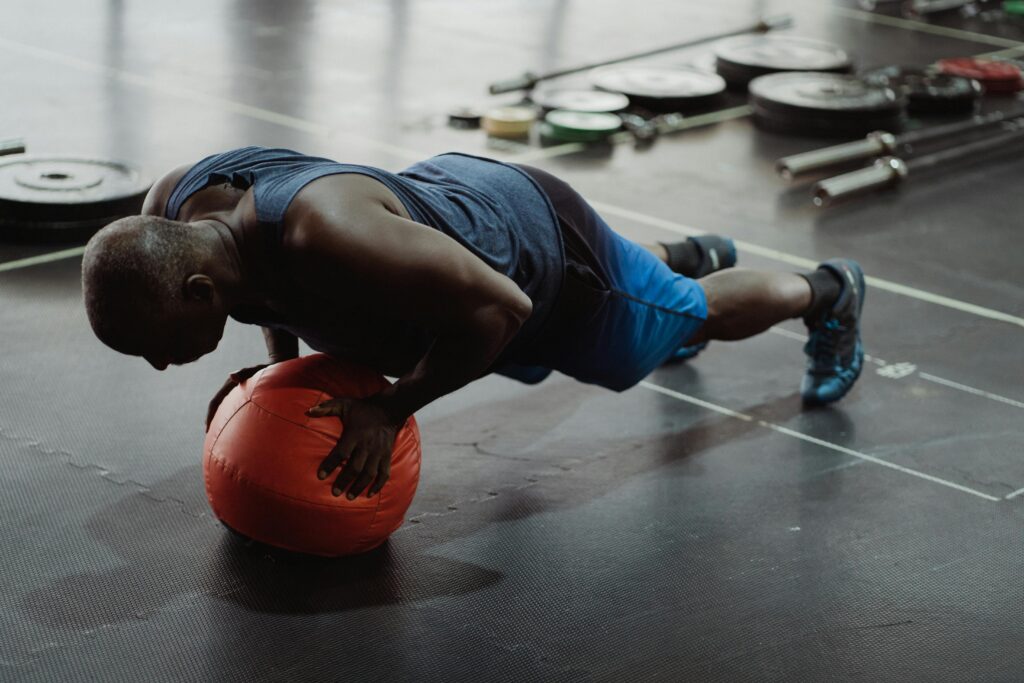
Plank Variations
For your board to remain balanced, you need a solid core. Planks work your shoulders, back, and abs.
How to Do It: Hold a standard plank for 30-60 seconds. Add side plans for variety. Repeat 3 times.
Why It Works: Improves core stability and overall strength.
Lunges with Rotation
This exercise simulates the twisting motions used in surfing.
How to Do It: Step forward into a lunge and twist your torso toward your front leg. Alternate sides for 3 sets of 10 reps per leg.
Why It Works: Enhances leg strength, balance, and rotational mobility.
Dumbbell Rows
Paddling relies heavily on your back muscles. Dumbbell rows are perfect for strengthening them.
How to Do It: With one hand on a bench, pull a dumbbell toward your waist, keeping your back straight. Do three sets of twelve repetitions on each side.
Why It Works: Builds upper body strength for powerful paddling.
Medicine Ball Rotations
This exercise helps build the rotational power needed for sharp turns on the waves.
How to Do It: Hold a medicine ball while sitting on the floor with your knees bent. For three sets of twenty repetitions, rotate from side to side.
Why It Works: Develops core strength and flexibility.
Single-Leg Deadlifts
Balance is crucial in surfing, and single-leg deadlifts challenge your stability.
How to Do It: Hold a dumbbell in one hand, hinge at the hips, and lift one leg behind you. Return to standing. For each leg, do three sets of eight reps.
Why It Works: Strengthens your hamstrings and improves balance.

Mountain Climbers
Mountain climbers are high-intensity exercise that boosts endurance while engaging your core.
How to Do It: From a plank position, drive your knees toward your chest alternately. Perform for 30 seconds, 3 times.
Why It Works: It increases cardiovascular fitness and core stability.
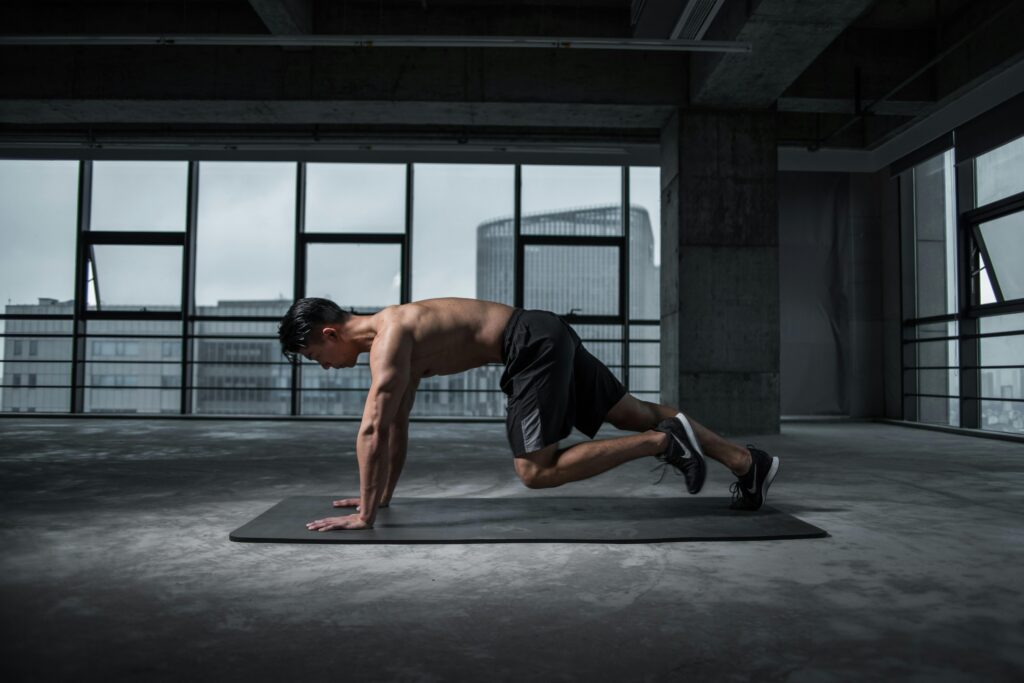
Surf-Specific Yoga
Yoga improves flexibility, balance, and mental focus—all essential for surfing.
How to Do It: Practice poses like downward dog, warrior II, and tree pose. Spend 10–15 minutes on yoga daily.
Why It Works: Enhances flexibility and reduces the risk of injuries.
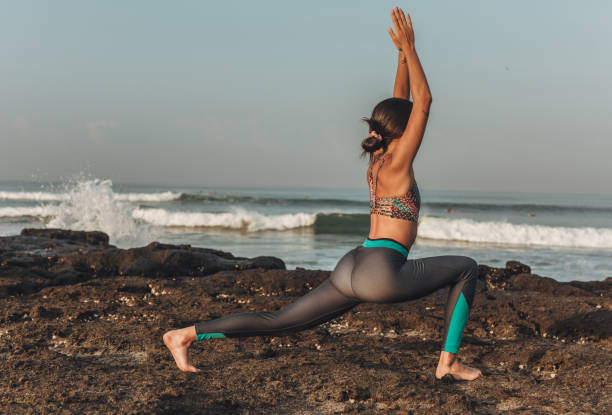
Paddle Training
Simulating paddling at home prepares you for the water.
How to Do It: Lie on a stability ball and mimic paddling motions with light dumbbells. Perform for 1-2 minutes in sets of 3.
Why It Works: Builds endurance and mimics real-life surf movements.
How to Train for Surfing Effectively
- Combine Strength and Cardio: Balance strength training with activities like swimming or running.
- Practice Surfing at Home: Use exercises like paddle training and yoga to simulate surf movements.
- Stay Consistent: Aim for 3-4 workout sessions per week for optimal results.
- Warm-Up and Cool Down: Always prepare your body before exercise and stretch afterward to prevent soreness.
Is surfing good exercise?
Absolutely! Surfing provides a full-body workout. It increases coordination, increases muscular mass, and strengthens the heart. Regular surfing and training for surfing fitness keep you in peak condition, both physically and mentally.
Conclusion:
Incorporating these surf fitness exercises into your routine will make you a stronger, more confident surfer. You’ll notice a significant improvement in your performance and endurance from paddling out to carving waves. Remember, the key to mastering surfing lies not just in practice but also in preparation. So, gear up, hit the gym (or your living room), and get ready to dominate the waves!
Start your surf training at home today and unlock your true potential on the board!


